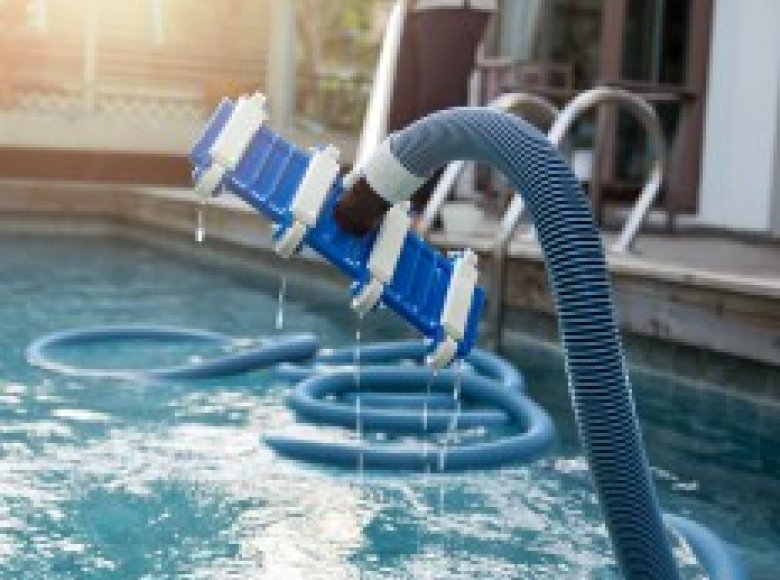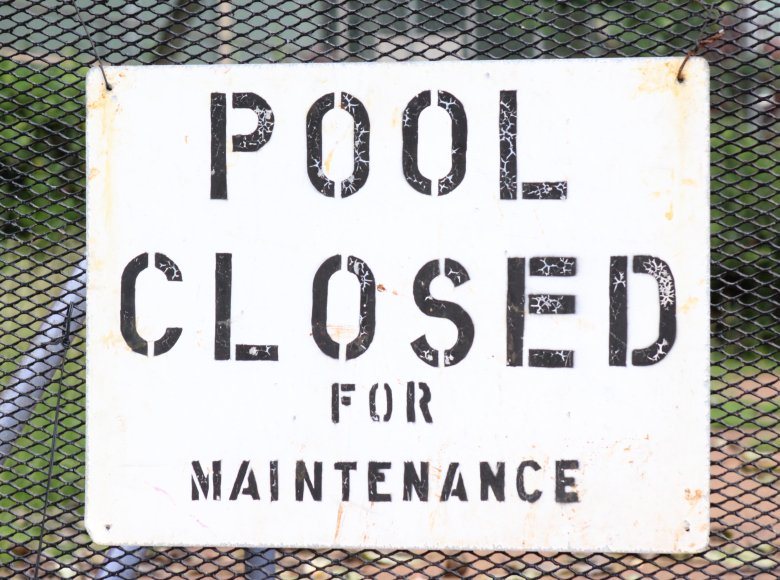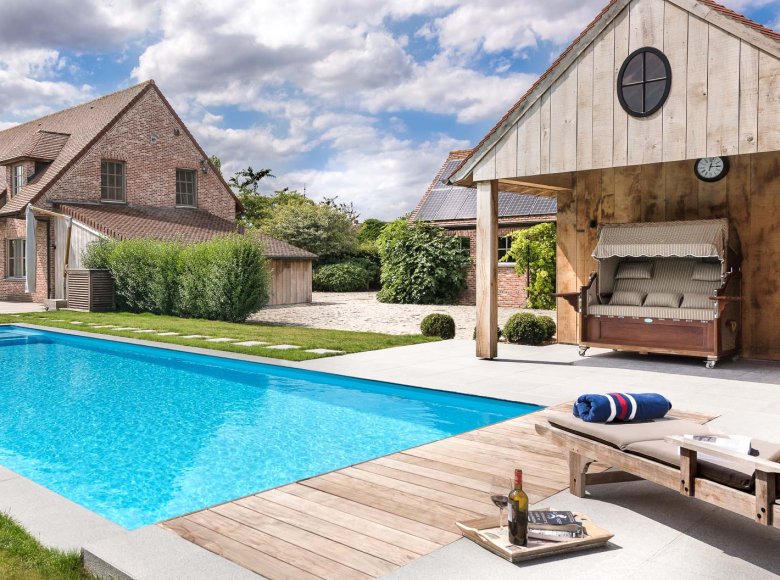Nobody wants algae in their swimming pool or pond. It may appear more natural but it creates unattractive green water and the pool doesn’t look so neat and tidy. So nobody wants to go for a swim. How dangerous are the algae and how can you make the swimming pool algae-free?
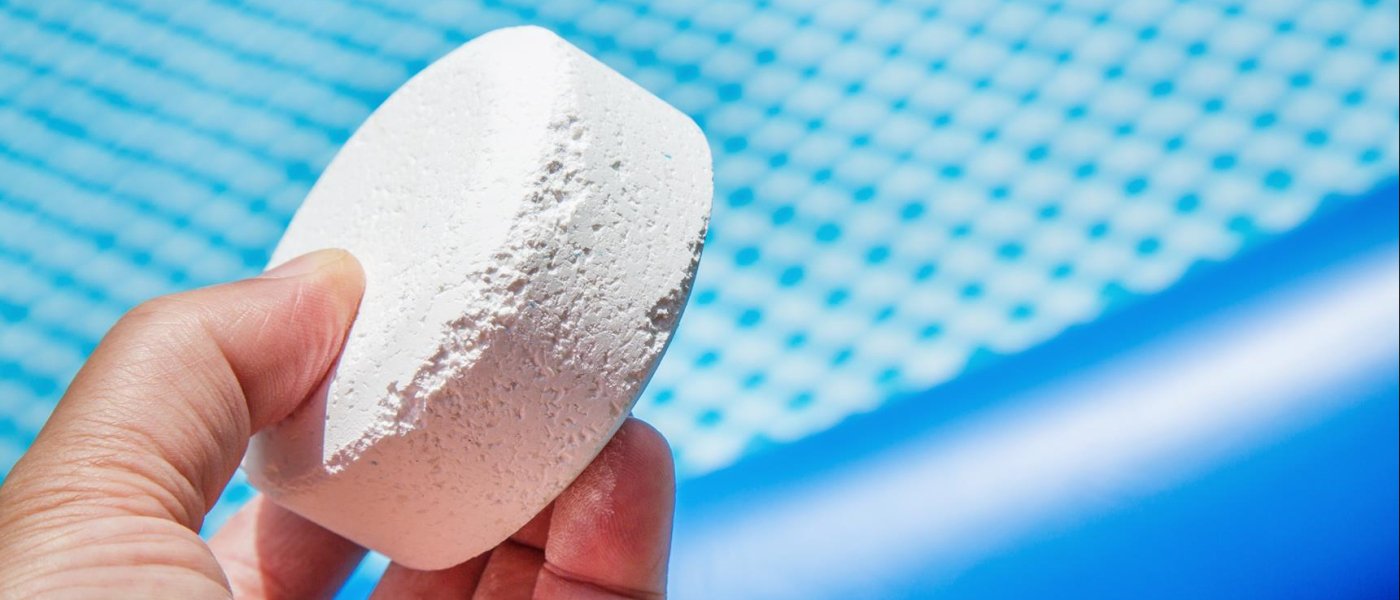
How to make your swimming pool algae-free
What are algae and how do they end up in the pool?
Algae in a swimming pool are caused by a chemical imbalance. If the pH value is not between 7.2 and 7.6, there is a risk that algae may grow in the pool.
However, algae can get into the pool even if the pH is right. For this reason, the pool has to be disinfected with chlorine or swimming pool salt, for example. These products ensure that bacteria and algae cannot grow. To avoid algae in the pool, it is best to check the pH and chlorine values up to 3 times a week and adjust these where necessary.
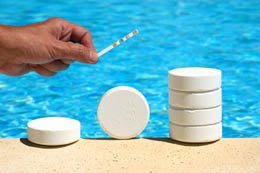
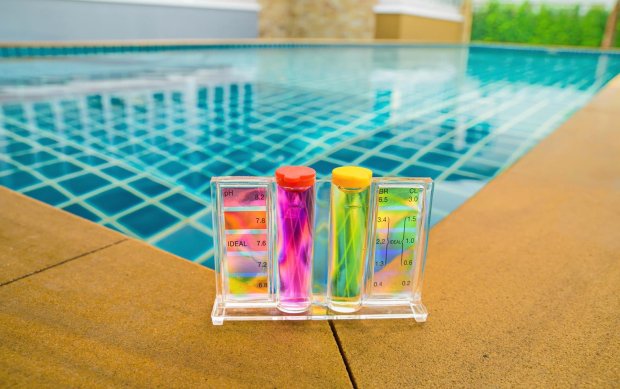
Are algae in the swimming pool dangerous?
A swimming pool with algae looks dirty, but algae are not dangerous in themselves. You can swim in a pool that turns green with algae. It is not advisable to drink this water, though.
When algae occur in the swimming pool, this is an indication that the water is poorly disinfected. Anyone drinking the water can therefore also ingest bacteria and the like.
You can still go for a swim, but it is advisable to tackle the water-quality problem as soon as possible.
How to remove the algae from the swimming pool
To combat the algae in the pool, you have to restore the quality of the water. To do this, follow our step-by-step plan and the water quality will be much better again after a few days.
- Make sure the water is filtered 24 hours a day.
To get the dirt out of the water, you have to use the filter to the maximum. This is the only way to get faster results.
- Check the water quality
Measure the pH and chlorine values. We recommend the Scuba II from Lovibond to test the water quality. It is a slightly more expensive device, but is very accurate. So you don’t come to the wrong conclusions.
The pH level should be between 7.2 and 7.6. If the pH value isn’t right, adjust it with pH Plus or pH Min.
The chlorine value should be approximately 1mg/l or 1 ppm. If the chlorine value is too low, it is best to increase it using chlorine granules. If the chlorine value is too high, you can simply leave the pool roller shutter open for a while. The chlorine value will decrease through degradation of the UV rays from the sun.
Are the pH and chlorine values good, but you’re still suffering from algae in your swimming pool? Then the cause of the algae probably lies in overstabilisation of the pool water. You can check this by measuring the alkalinity. Ideally, the alkalinity should be between 100 and 150 ppm. You can adjust the alkalinity with the help of TAC + and TAC -.
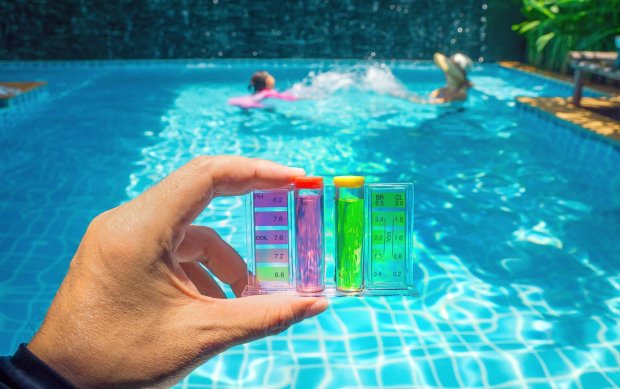
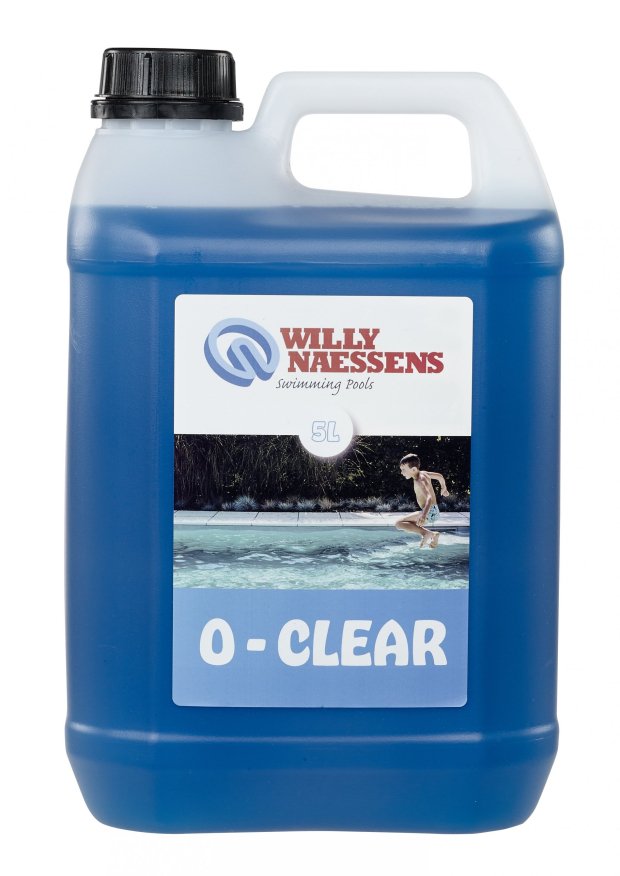
3. Add Anti alg to the swimming pool
Once the water quality has been restored, you can add an anti-algae product to the pool. If you’ve carried out chlorine shock treatment, wait for 24 hours before adding the anti-algae to the swimming pool.
You can add 500 ml or half a litre of our product per 50 m³ of pool water. You can add the anti-algae product directly to the water surface.
Sometimes, the algae settle on the bottom. In that case, it is best to remove them using one of our swimming pool vacuum cleaners.
4. Removing green deposits
Once the algae have been tackled and removed from the pool, you may suffer from some green deposits on the floor or walls. To get rid of the deposits, you need to scrub the areas with our swimming pool brushes or sponges.
Although the water in your pool should be clear again after these steps, do bear in mind that it may take up to 5 days before you see results.
Our tip: Algae prevention is better than cure!


